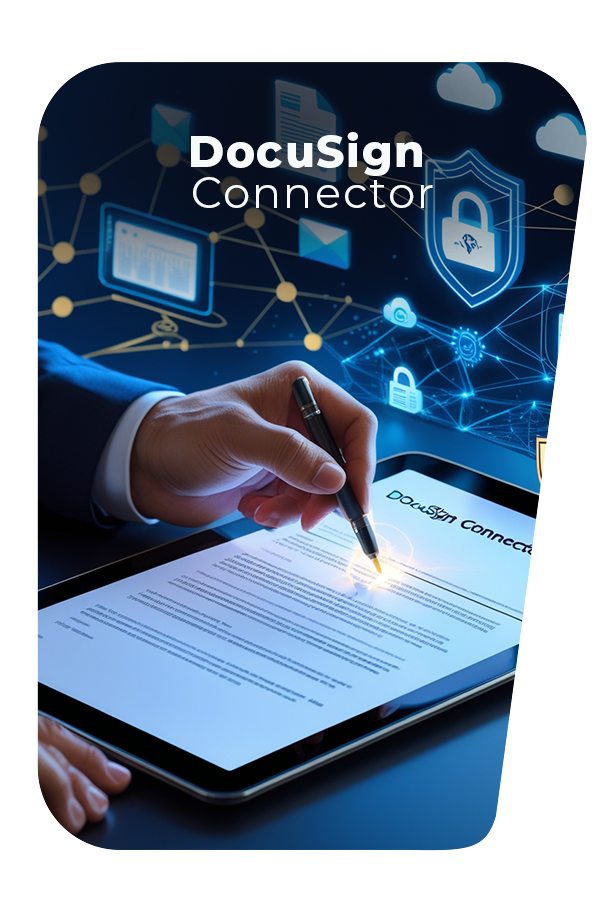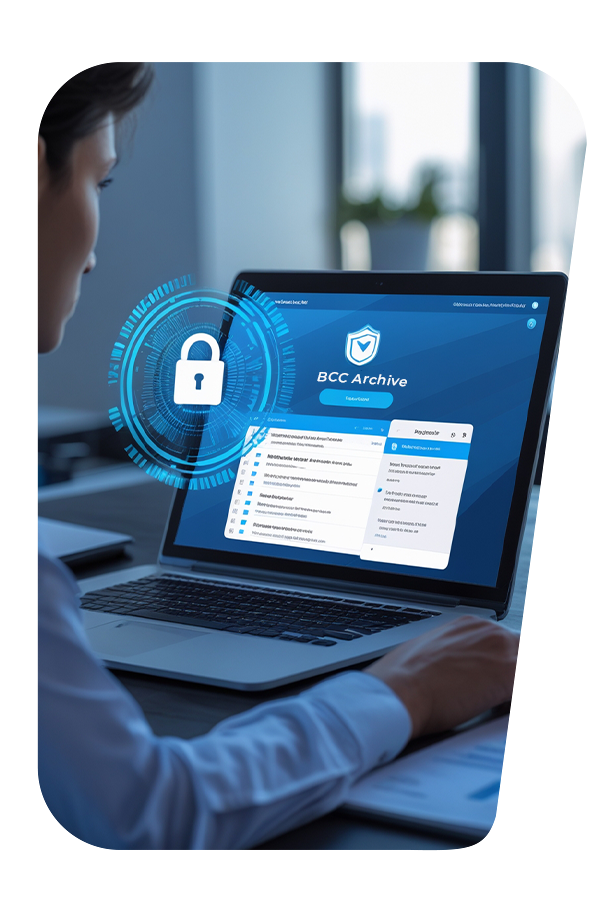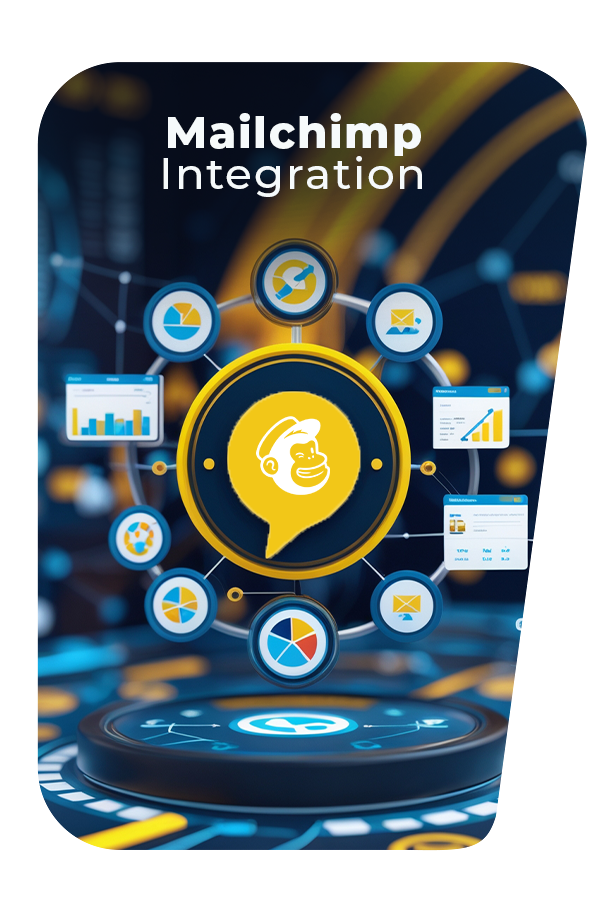Introduction
The Internet of Things (IoT) is swiftly advancing and covering a vast and growing network of interconnected physical devices. These devices further allow you to communicate with each other over the Internet. In addition to this, these devices range from everyday items like home appliances, power tools, smart clothing, and footwear to more complex industrial machinery and equipment.
Since IoT continues to gain traction and reshape industries it becomes more crucial for both, the market participants as well as for the users. In order to deeply understand the unique characteristics that define the transformative technology of IoT.
In this blog post, we will delve deeper into the essential features and characteristics of iot . Not only but will also explore how these elements work together to create a connected ecosystem that is driving innovation and improving the efficiencies across various sectors.
Various Characteristics of IoT
Ubiquitous Connectivity
Connectivity is one of the key characteristics of IoT that distinguish it from most of the other computing models. IoT devices have their unique way of connecting it to the internet and other systems to foster information interchange. This link enables the rapid flow of data and information for immediate evaluation thus forming the basis for timely decision making in several fields. Investing in IoT development can further enhance this connectivity, enabling smarter infrastructure and more efficient system integrations across industries.
Advanced Data Collection and Analysis
All IoT devices contain sensors that measure a huge amount of data. These are then analyzed for insights and automation. For example, the use of IoT sensors in the industrial sector can be used to track the condition of the machinery and predict when it will be due for servicing or repair thus increasing manufacturing productivity. This is where IoT’s potential to analyze and visualize this data in real-time is at its strongest.
Scalability
Different IoT systems consist of scalability where the system can expand as demands as well as technology come into play. When a new device is added to an existing IoT environment, such a device integrates itself and contributes towards the overall network without more ado. This scalability is especially important given the inundation of future demands and innovations currently at the company’s disposal.
Interoperability
Interoperability is one of the very important characteristics of IoT, as it is all about the networks and systems that coordinate in a larger complex. To solve this issue of heterogeneity there are standardizations like MQTT, CoAP, and AMQP which play a kind of role of translator and facilitate diverse devices to understand each other. This aspect of IoT is significant especially in Smart city activities since several systems are involved in improving city life.
Security and Privacy
IoT is trending and the use of connected devices through communication protocols in IoT has made security and privacy our top priorities. Most of these devices contain confidential information and, therefore, attractive targets for cybercriminals. The privacy and security of users must make certain that stringent security measures are observed as well as check and ensure that adequate data encryption mechanisms are incorporated. Also, IoT systems should follow the legal and regulatory requirements that would ensure that the users of the system have confidence in the system as well as the data that is collected.
Contextual Intelligence
IoT systems have contextual understanding ability; this is an ability to understand data in terms of the surrounding environment. For example, a smart thermostat will only regulate the temperature depending on time and weather conditions, promote smart usage of energy, and be comfortable.
It makes IoT systems efficient since they can adapt and enhance the efficiency of the operation and the usability of a device by a larger number of users.
Automation and Control
One of the key aspects of IoT is automatization, which means that devices act separately without people’s interference. For instance in farming, a farmer might use IoT devices such as sensors to detect moisture levels in the soil and thereafter, let IoT take control of the smart irrigation system. This decreases water consumption and increases the production of crops while at the same time cutting down on labor.
Real-time Operations
IoT enables the monitoring of its operation and performance in real-time and achieves first response to conditions. It is well illustrated in areas like health care where through IOT devices patients’ vital signs are checked and appropriate measures are taken by the health care practitioner where necessary. Online operations make sure that the systems that we use are sensitive to the needs of the users and at the same time are optimally productive.
Cost Efficiency
It was stated that many benefits can be achieved when companies decide to implement IoT solutions which include cost optimization. This way, IoT manages to lower utility costs as well as material and energy consumption thus minimizing avoidable expenses. For instance, smart lighting will help in cutting down the energy use which implies lower costs for home and business organizations.
Conclusion
From the characteristics of IoT outlined above, it has been clear that IoT technology is not just an innovation but a disruptive force across almost every industry. IoT is transforming every single thing from process automation to providing real-time and massive volumes of data. One of the key advantages of IoT is its scalability which allows businesses and systems to grow and adapt seamlessly. As IoT continues to transform businesses, it is poised to offer deeper insights into how various business models, processes, and systems can be reshaped and optimized.
Both businesses and consumers must stay informed and adapt to these advancements. This will not only leverage the potential IoT offers fully but also help in creating a smarter, more connected world. By recognizing and embracing the ongoing developments in IoT, you can drive new opportunities for efficiency and innovation.
The continuous growth of IoT in terms of connectivity, intelligence, and adaptability is opening up new perspectives and possibilities. Keep in mind that IoT is just not a current technological trend but it is a critical and expensive approach that allows you to understand and shape the future of technology in business and everyday life.
characteristics of IoT - FAQs
1. What is IoT?
IoT is the reality where everyday objects are connected to the internet through devices with sensors and software that can relay data in the online domain. These devices include household appliances and utensils and complicated machinery systems of industries.
2. How does IoT enable real-time operations?
IoT devices incorporate IoT sensor and connectivity technology that can track and relay data in real-time and thus, adjust system actions as they occur. This capability is useful in areas such as healthcare because devices can monitor the status of the patient and inform healthcare workers if there is any change in the status.
3. What are the main security concerns with IoT?
The data managed by IoT devices include personal information, and that is why the devices can be vulnerable to cyber threats. Some of the security threats are; intruder access, human interference, and unauthorized hacking.
It also means that thick walls will have to be put in place in terms of securing these devices, for example through encryption, secure authentication, and frequent updates among others.
4. Why is interoperability important in IoT?
Interoperability implements the capability of the IoT devices or systems and allows them to interact with others in a larger environment. This is particularly so in smart cities where all the connected devices have to work in harmony despite being made by different manufacturers for the city to run its operations and deliver its services.
5. Can IoT systems be scaled easily?
Yes, IoT systems are usually developed in a way that they can be scaled to suit the needs of a specific organization. Hence they can expand the capacity or transform the needs by incorporating the new devices in the networks without much disturbance. Such scalability makes it easier for business entities as well as individuals to develop their IoT solutions according to their needs.
Related Posts
Access Control of IoT Devices: Ensuring Security & Efficiency
Learn the Ideas Behind the Logical and Physical Designs of IoT



%20(1).png)









